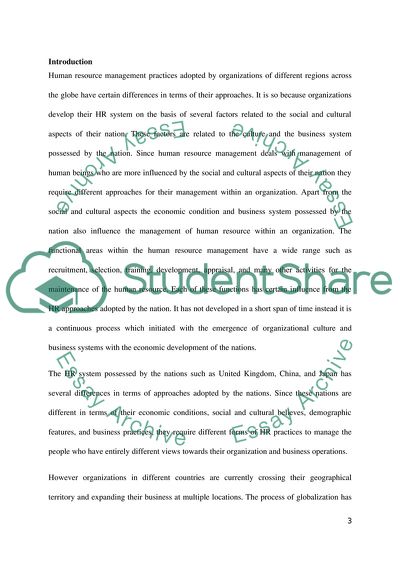Cite this document
(Comparison of HR system in UK, China and Japan Research Paper, n.d.)
Comparison of HR system in UK, China and Japan Research Paper. Retrieved from https://studentshare.org/humanitarian/1734955-comparison-of-hr-system-in-uk-china-and-japan
Comparison of HR system in UK, China and Japan Research Paper. Retrieved from https://studentshare.org/humanitarian/1734955-comparison-of-hr-system-in-uk-china-and-japan
(Comparison of HR System in UK, China and Japan Research Paper)
Comparison of HR System in UK, China and Japan Research Paper. https://studentshare.org/humanitarian/1734955-comparison-of-hr-system-in-uk-china-and-japan.
Comparison of HR System in UK, China and Japan Research Paper. https://studentshare.org/humanitarian/1734955-comparison-of-hr-system-in-uk-china-and-japan.
“Comparison of HR System in UK, China and Japan Research Paper”, n.d. https://studentshare.org/humanitarian/1734955-comparison-of-hr-system-in-uk-china-and-japan.


